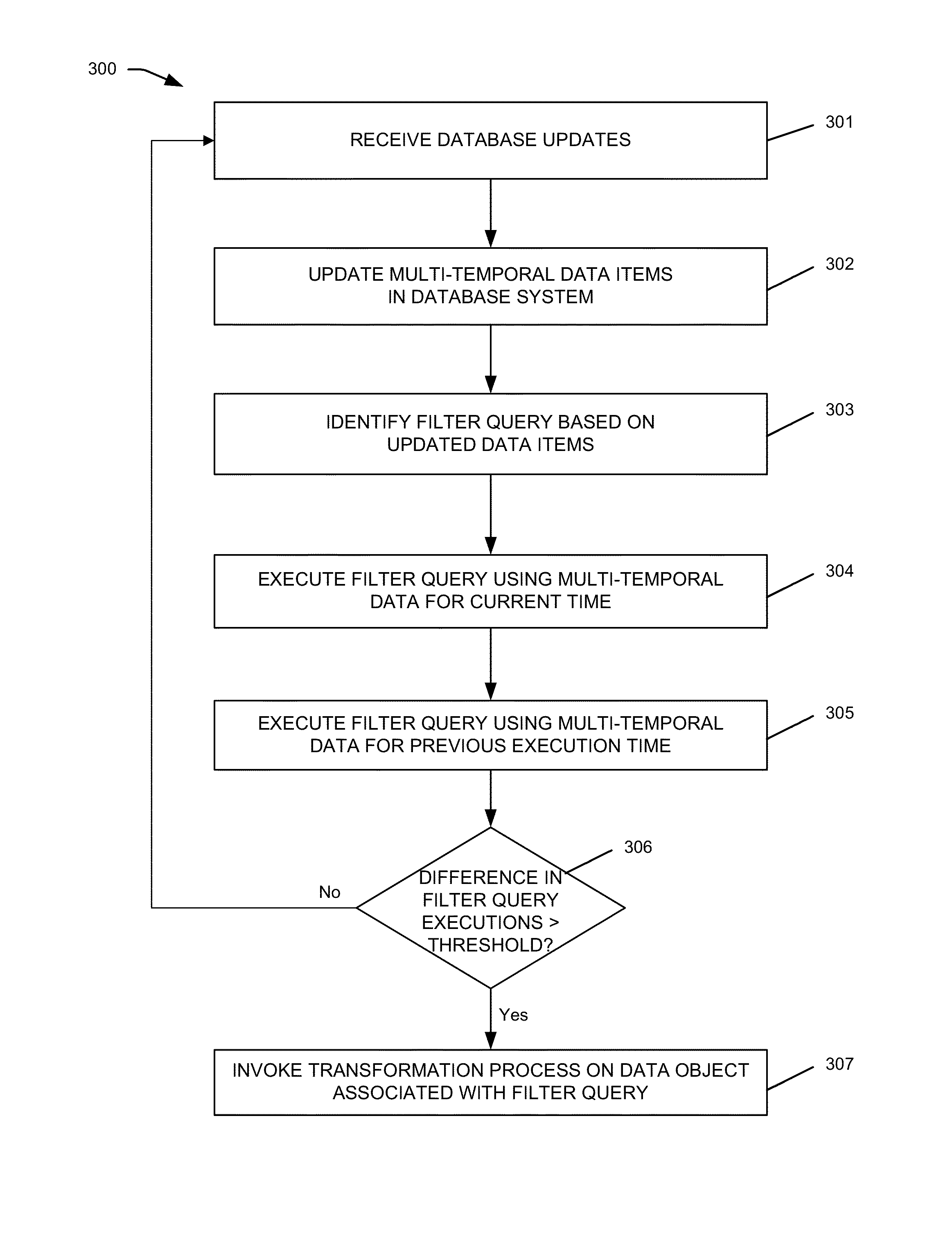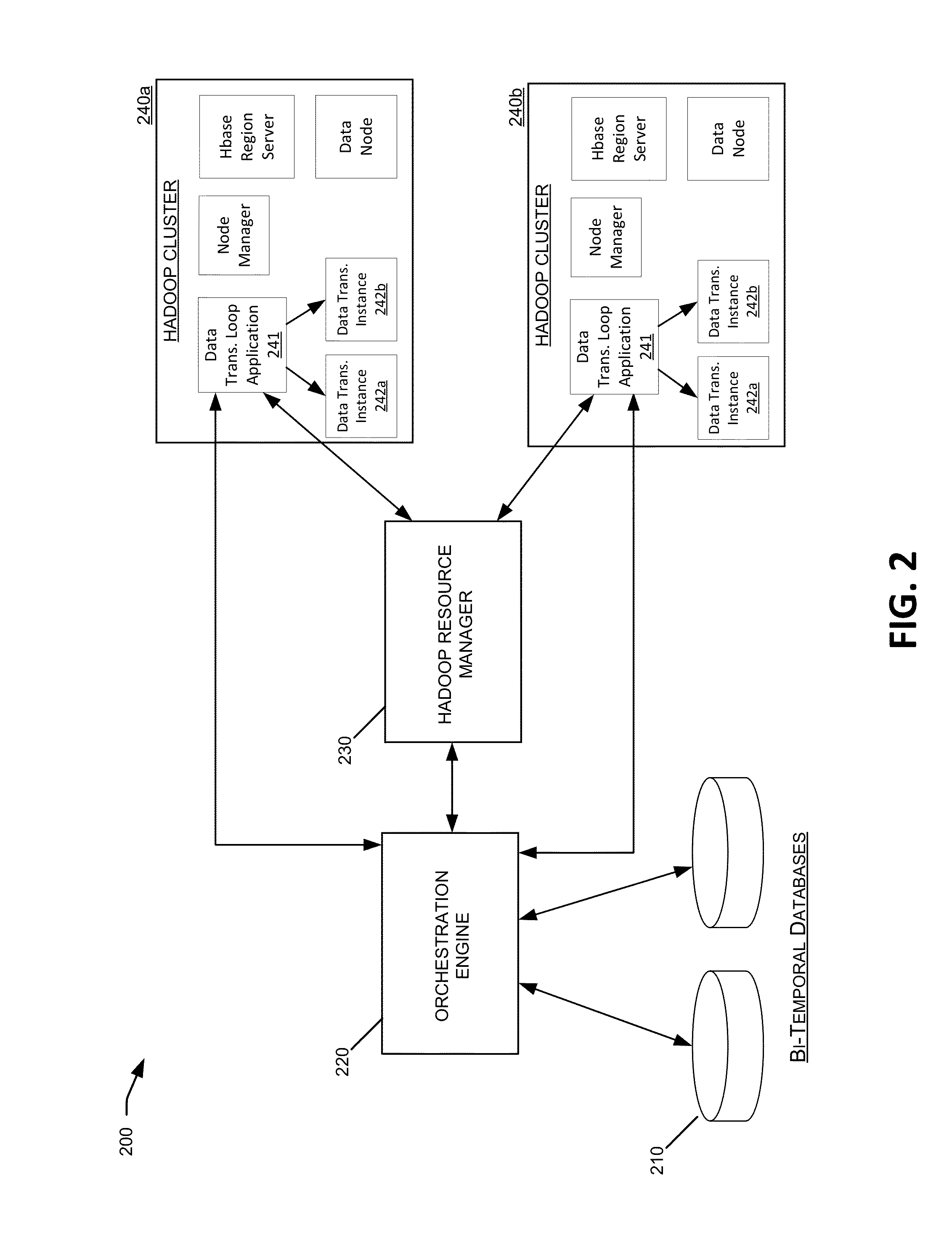Knowledge-intensive data processing system
a data processing system and data technology, applied in relational databases, databases, instruments, etc., can solve problems such as inability to scale properly for the cloud
- Summary
- Abstract
- Description
- Claims
- Application Information
AI Technical Summary
Benefits of technology
Problems solved by technology
Method used
Image
Examples
example embodiments
[0128]Referring now to FIG. 9, an example Knowledge-Intensive Database System (KIDS) model is shown for managing data, knowledge, and processes in a synergistic, consistent, and well-structured way. As discussed below, the model describes capturing quantitative facts, classifying the facts to derive compact qualitative information, assessing the information to arrive at one or more hypotheses, and using these hypotheses to formulate directives (or to decide that nothing should or could be done). The resulting directives may be acted upon to create new facts, and so on.
[0129]Looking at the KIDS model in FIG. 9 from the perspective of knowledge, the CARE (Classification, Assessment, Resolution, and Enactment) loop consists of four distinct categories of knowledge acting on and producing specific categories of data. The CARE loop represents a normalized workflow. Looking at the same loop from the data perspective, the FPHD loop (Facts, Perceptions, Hypotheses, and Directives) represent...
PUM
 Login to View More
Login to View More Abstract
Description
Claims
Application Information
 Login to View More
Login to View More - R&D
- Intellectual Property
- Life Sciences
- Materials
- Tech Scout
- Unparalleled Data Quality
- Higher Quality Content
- 60% Fewer Hallucinations
Browse by: Latest US Patents, China's latest patents, Technical Efficacy Thesaurus, Application Domain, Technology Topic, Popular Technical Reports.
© 2025 PatSnap. All rights reserved.Legal|Privacy policy|Modern Slavery Act Transparency Statement|Sitemap|About US| Contact US: help@patsnap.com



